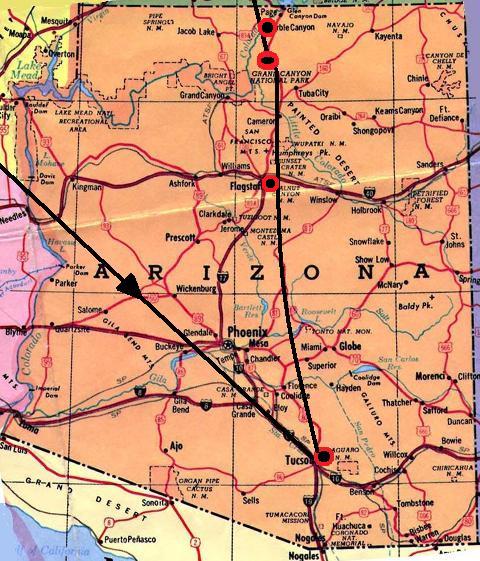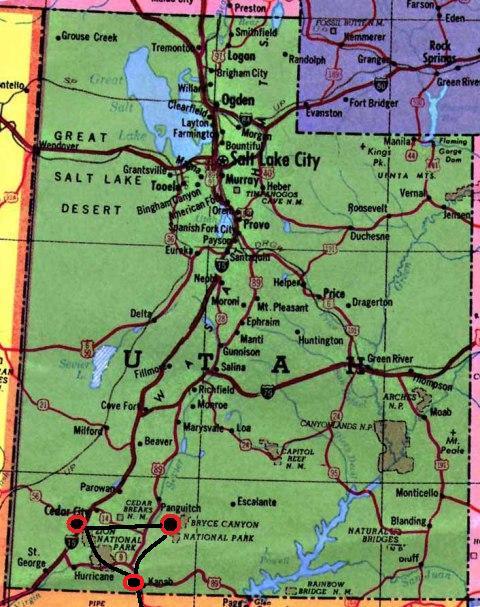The lowest elevation is 3,666 ft at Coal pits Wash and the highest elevation is 8,726 ft at Horse Ranch Mountain. Located at the junction of the Colorado Plateau, Great Basin, and Mojave Desert regions, the park's unique geography and variety of life zones allow for unusual plant and animal diversity.
Numerous plant species as well as 289 species of birds, 75 mammals (including 19 species of bat), and 32 reptiles inhabit the park's four life zones: desert, riparian, woodland, and coniferous forest.
Common plant species include cottonwood, Cactus, Datura, Juniper, Pine, Boxelder, Sagebrush, yucca, and various willows. Notable mega fauna include mountain lions, mule deer, and Golden Eagles, along with the reintroduced Bighorn Sheep. Zion´s also has rare and endangered species such as the Peregrine Falcon, Mexican spotted owl, California condor, desert tortoise, and the Zion snail, found nowhere else on earth.
Zion National Park includes mountains, canyons, buttes, mesas, monoliths, rivers, slot canyons, and natural arches.





